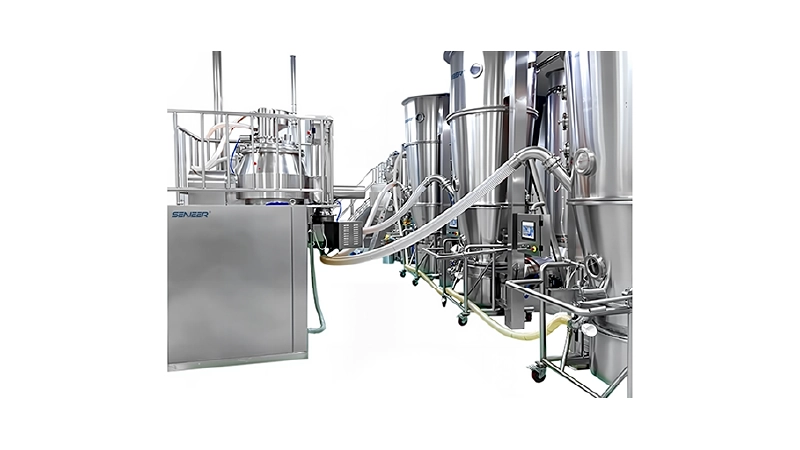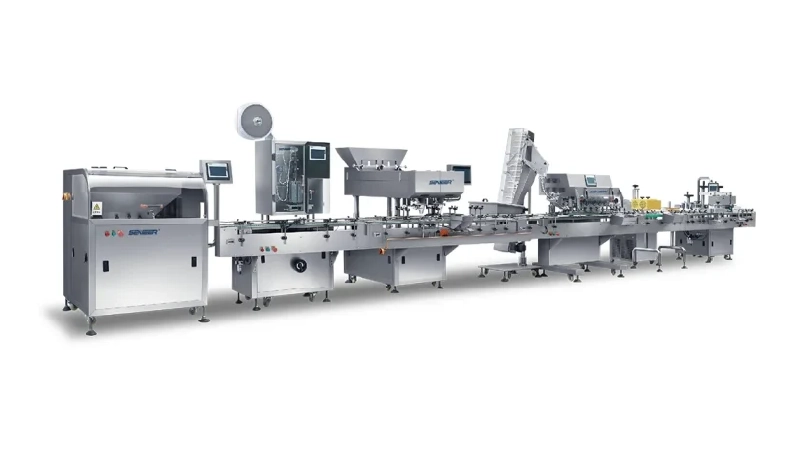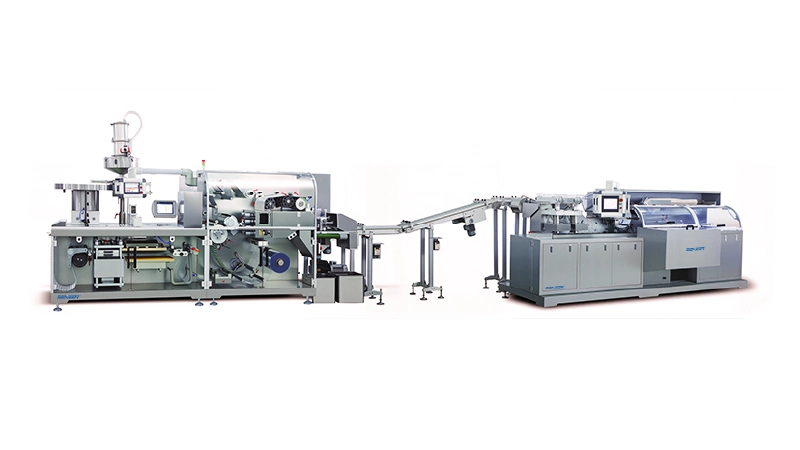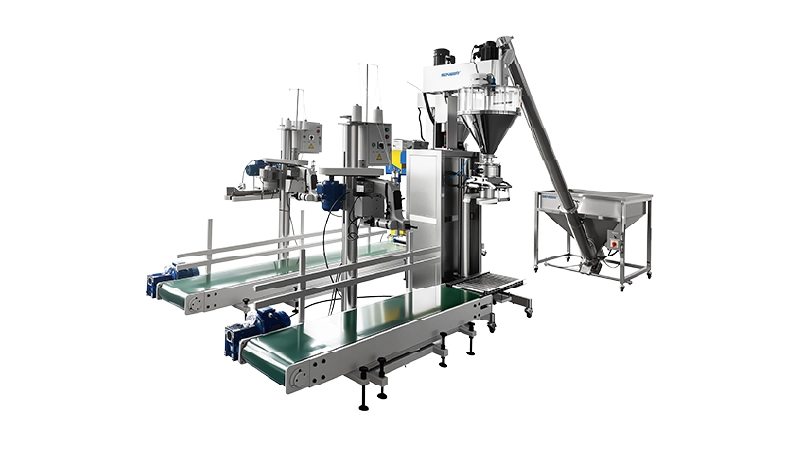Pharmaceutical emulsions are immiscible liquid disperse systems in which the dispersed phase is made of tiny globules of a liquid scattered across a vehicle. The dispersion medium is referred to as the continuous or external phase in emulsion nomenclature, whereas the dispersed phase is the discontinuous or internal phase.
Although it can be as little as 0.01 m or as huge as 100 m, the dispersed phase globules typically have a diameter ranging from of 0.1 to 10 m. Emulsions are thermodynamically unstable and are typically stabilized by the presence of an emulsifier. Emulsification is the term used to describe the process of creating an emulsion.
- The process of emulsification, which is the creation of emulsions from two immiscible liquid phases, has received a great deal of attention since it is likely the most practical and adaptable feature of surface-active chemicals.
- Emulsificationis the procedure of distributing one immiscible liquid into another immiscible liquid. Detergents, soaps, and others are some typical emulsifying substances. This procedure is frequently carried out in industrial settings by mechanically combining the components of the emulsion in various mixer types.
- A material that stabilizes an emulsion is known as an Emulgent is another name for it. Detergents and other surfactants are a form of emulsifier. Surface-active agents are another name for surfactants.
Where can emulsion be used?
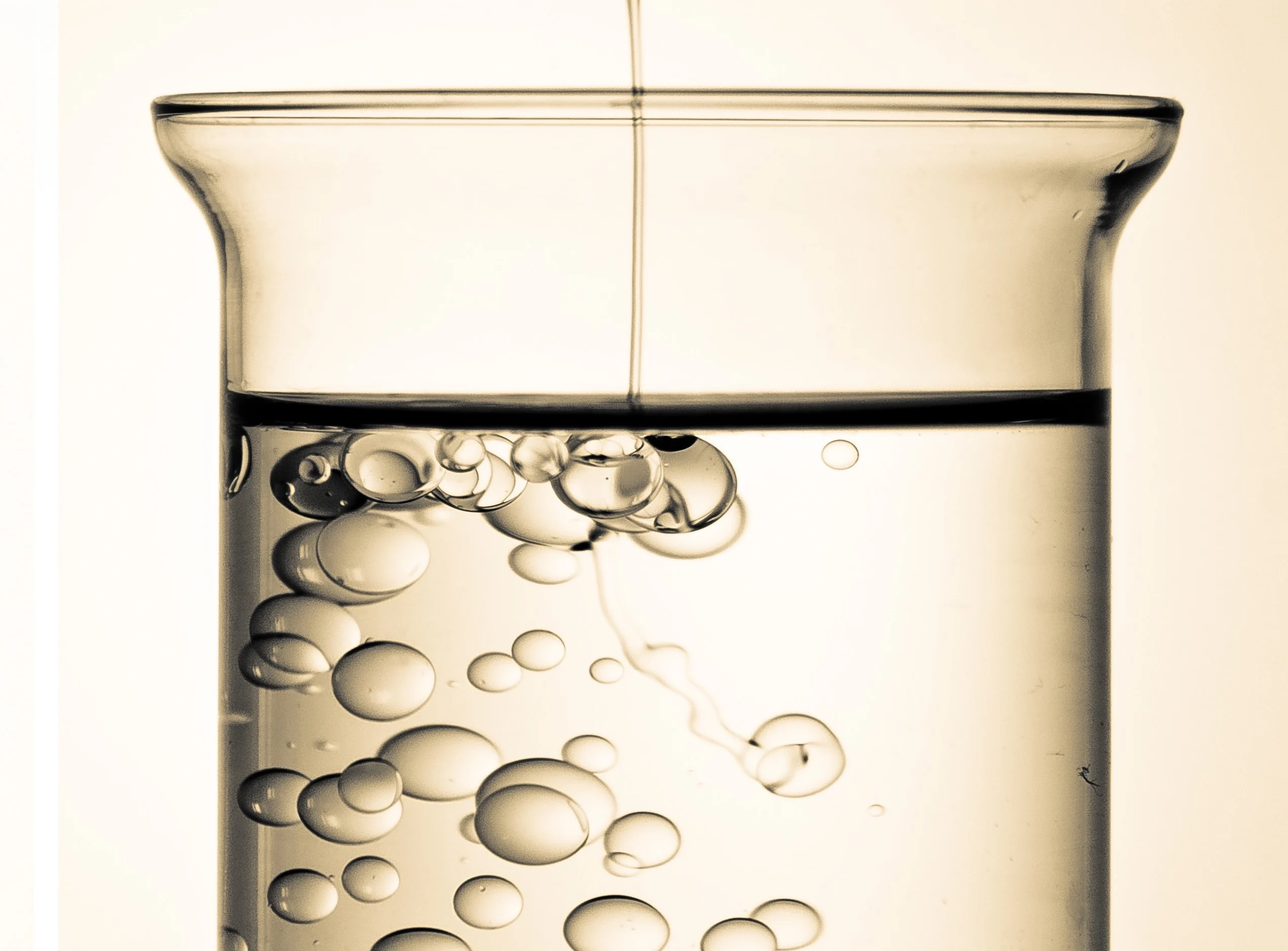
Emulsion can be used
- in personal care products, medications, and cosmetics.
- In order to kill different bacteria, vaccinations are delivered by micro emulsions.
- In chemical synthesis, it is employed.
- It is utilized in battling fires.
- To kill germs, nano emulsions like those made of soybean oil are utilized.
- A sodium stearoyl lactylate or egg yolk emulsion in oil and water is known as mayonnaise.
- Why do pharmaceuticals involve emulsions?
Emulsions are frequently employed in a variety of significant chemical industries. They are employed in the pharmaceutical industry to increase the acceptability of medications, to increase effectiveness by regulating the amount of active chemicals, and to improve the aesthetics of topical medications like ointments.
Pharmaceutical emulsion production(Manufacturing)
Depending on the nature of the emulsion’s constituent parts and the equipment at hand, emulsions can be made using a variety of techniques. Emulsions can be created on a small scale, such as in a lab or pharmacy, utilizing tools such a porcelain mortar and pestle, mechanical blenders, and homogenizers.
Emulsions’ pharmaceutical applications
- Emulsions (macro- and micro-emulsions) are frequently used as medication delivery systems for hydrophilic and lipophilic substances.
- By blending substances into emulsions, oils and medications with unpleasant flavors or textures can be made more acceptable for oral administration. As a result, oil-in-water (o/w) emulsions are often used in the formulation of mineral oil-based laxatives, oil-soluble vitamins, vegetable oils, high-fat nutritive preparations for enteral feeding, and some medications like valproic acid.
- The dispersions of liquids in solids that are used topically are known as semisolid treatments. Examples include ointments and creams.
- The formulation researcher can modify the viscosity, appearance, and level of greasiness of cosmetic and dermatologic treatments by using topically applied emulsions. O/W emulsions are best utilized as bases that may be washed in water, but water-in-oil (w/o) emulsions are frequently used to cure dry skin and in inflammatory applications.
ADVANTAGES OF PHARMACEUTICAL EMULSIONS
Emulsions as pharmaceutical products have the following benefits:
- To deliver medications that are slightly soluble in water but easily soluble in oils, pharmaceutical emulsions may be applied. For instance, in oil-in-water emulsions, the drug ingredient dissolves in the internal or discontinuous oil phase. After oral administration, the oil droplets (and subsequently the medication) may be absorbed by the typical route for oils. Compared to other oral comparator forms, some medications are more easily absorbed when given as an emulsion.
- By dissolving the drug in the internal phase of an o/w emulsion, pharmaceutical emulsions can be utilized to hide the unpleasant taste and odor of pharmaceuticals. The right sweetening and flavoring ingredients can subsequently be included in the formulation of the exterior phase.
- Emulsions, especially semisolid emulsions, can be utilized to delay the release of the drug and provide prolonged release action. Drugs that slowly partition into the aqueous phase for absorption can be stored in the oily phase as a reservoir.
- Essential nutrients can be emulsified and given to patients with chronic diseases as sterile intravenous emulsions, including vitamins, lipids, and carbs.
- Patients who have trouble swallowing solid dosage forms may be treated using pharmaceutical emulsions.
- Drugs that are vulnerable to oxidation or hydrolysis are protected by emulsions.
- Emulsions are frequently used to create items that are applied externally, such as lotions, creams, liniments, etc.
DISADVANTAGES OF PHARMACEUTICAL EMULSIONS
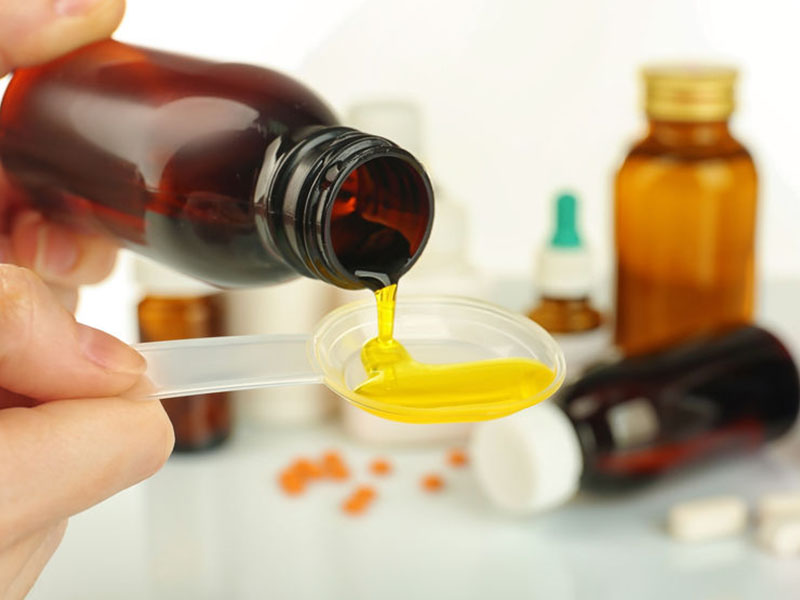
- Before using, shake it gently.
- For administration, you need a measuring tool.
- To measure a dose, a certain level of technical accuracy is required.
- Stability may be affected by storage conditions.
- bulky, challenging to move, and likely to container breaking.
- Susceptible to microbial deterioration, which may cause cracking.
Emulsion type identification tests
- Dilution test
- Dye test
- Conductivity test
- Filter paper test
- Fluorescence test
- Cobalt chloride test






